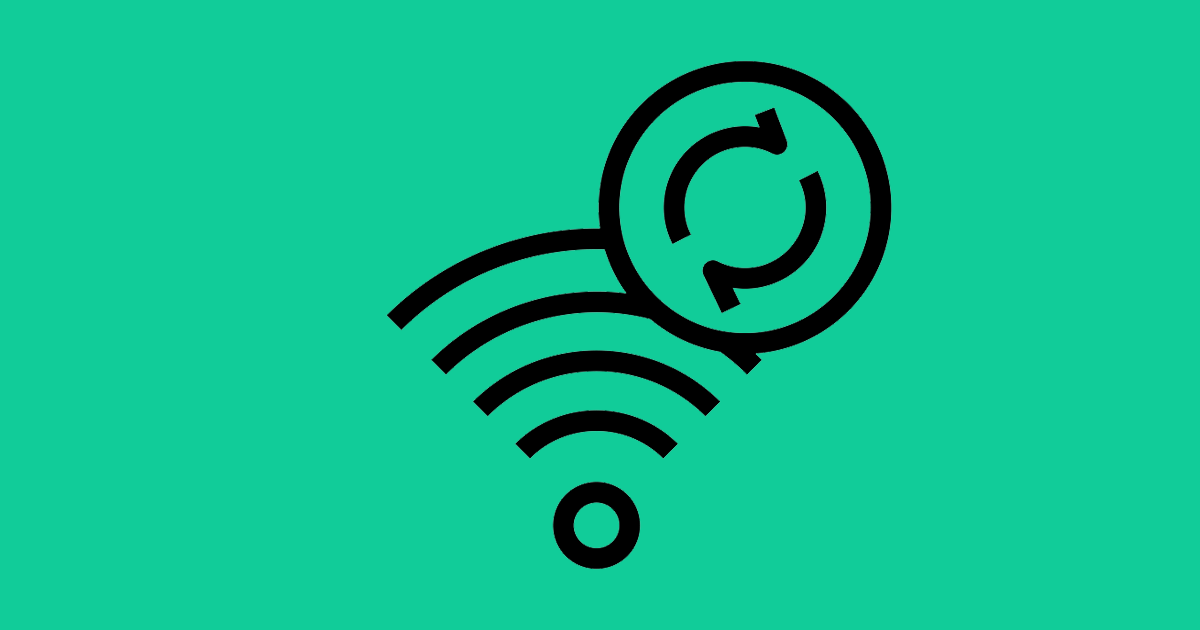Imagine yourself at the grocery, choosing between several brands of shampoo. As you walk down the aisle, your phone prompts you with a notification – a ‘buy one get one free' sale on Pantene products, which just so happens to be right in front of you.
This is a simple example of how beacon technology can interact with your customers on your wireless network. By using location or context-based services your able to offer your customers and/or employees a more efficient, valuable and dynamic shopping experience, but how do beacons really work and why should they be part of your retail mobility strategy?
What are Beacons?
Beacons are a small, low-energy device that can be installed or positioned almost anywhere. Typically they are placed on walls, counters or ceilings, but they’ve shown up on restaurant tables, in classrooms and even in stadiums.
They work by sending out very short data strings to all the Bluetooth receivers around them, i.e. your smart phone or tablet. This new type of communication runs on what’s called Bluetooth Low Energy or Bluetooth Smart.
Now, for this to work, phones need to have downloaded the store’s app or a third party app to interact with the signal. Apple’s new iPhones already come equipped with iBeacon capabilities and many third party manufacturers have built beacons that can send messages to those Apple devices.
However, using Bluetooth all smartphones and tablets have the ability to interact with beacons; it’s simply a matter of downloading the corresponding app that pairs with your beacons.
Retail is Leading the Way
From a retail perspective, location-based services using beacon technology allows retailers to enhance the shopping experience, often by delivering special offers and discounts as customers enter different parts of the store. This technology also has the capability to allow shoppers to share products through social media, save products for later and even pay for goods without having to stand line at checkout.
The retail industry has been at the fore-front of deploying interactive solutions over its wireless networks because of a few reasons:
- The wireless environment is more centered on guest access or public Wi-Fi meaning more customers are already using their smartphones while shopping.
- Beacons offer a simple solution for the inherent practice of retail stores offering their customers promotions and sales through advertising.
Customers want to engage with you and your business if it's done right and in a way that can offer them maximum value. According to inMarket, “Interactions with advertised products increased by 19 times for users who received a beacon message." You can read the full report here.
Real World Applications
- RetailMeNot, a leading marketplace platform is currently testing beacons in US malls as they work with retailers to draw shoppers into their stores with relevant voucher codes.
- Mothercare, a childcare retailer wants to use the technology to engage with customers with information rather than simply focus on advertising and promotional messages.
- Waitrose is testing beacons in its concept store in Swindon, using marketing messages to further its relationships with customers outside the store.
- House of Fraser is using the contextual-based services with beacons on their mannequins in their Aberdeen store to engage with customers. They are also placing them in their shop windows, so people can shop even after the store has closed.
The New Shopping Experience
Beacons continue to expand and grow in popularity as a powerful resource for retailers, allowing them to offer their customers an increasingly engaging shopping experience.
By interacting with the customer at the right moment with targeted, personalized promotions and valuable information, retailers are connecting with their customers more frequently and through a medium they are already using and love, their mobile devices.
This is why beacons are becoming one of the most valuable tools that retailers have to fight back against e-commerce sites and start to win back sales.
The other side of location-based services in retail is the analytical side and how on the backend it's changing the industry even further. Allowing businesses to use large amounts of shopping data to create and constantly update their customers shopping experience.
With more and more businesses trying out beacons and location-based services this is only the beginning! But of course, for a business to make the most out of this technology, the right strategy needs to be in place. Remember that your applications must be valuable to your customers and easy to use, you want to enhance their experience, not get in the way.




